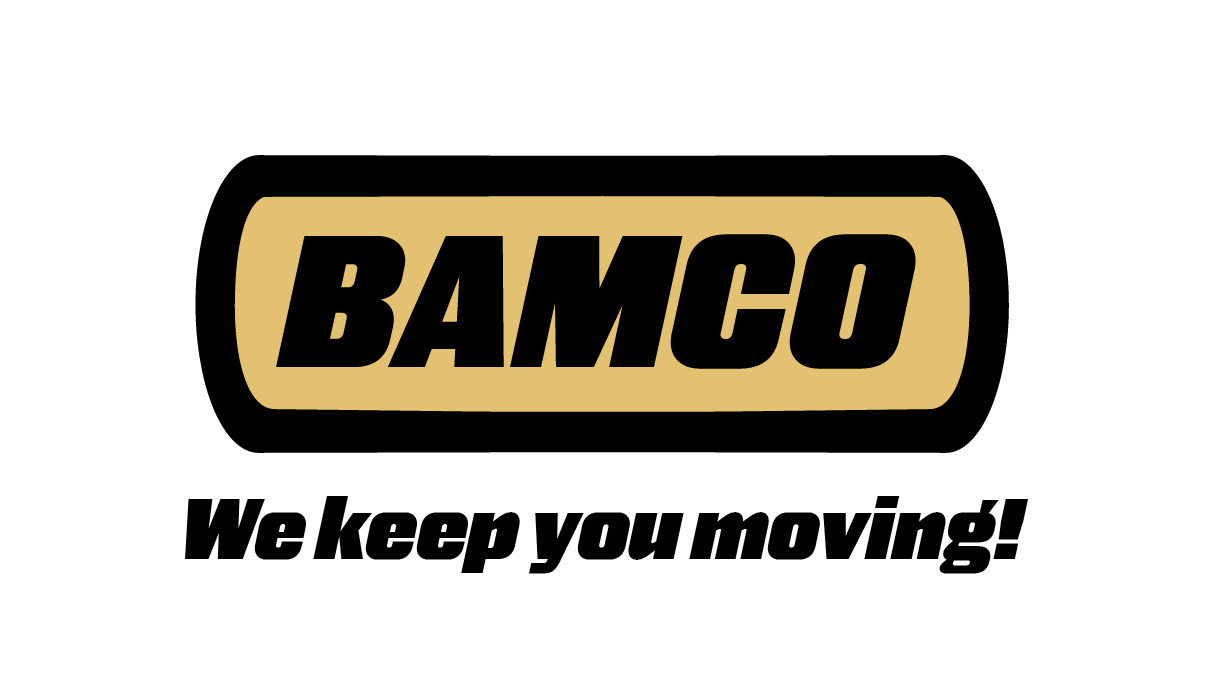Now imagine this. You are a hay farmer in Kentucky, it’s the middle of July, and you are in the midst of your second cutting of the season. You are in the process of raking the hay when a hydraulic hose bursts on your tractor. Up to this point you were right on time for the harvest, but this has set you behind at least two hours and there is rain on the horizon. You will have to drive into town, hopefully find a hose fabrication shop, and then get back in time to install the hose before the rain starts. This spells disaster for farmers in the sense that if one is not fast enough to repair the hose, the cut hay will get rained on. This can cause quality loss, mold and mycotoxin growth, and even combustion (Goodwin). Thousands of dollars in losses due to just one hydraulic hose failure. On top of that farmers may only get one more, if any, cuts in the season.
Moral of the Story: Hydraulic hose failure can cost a lot more than just the cost of the hose.
This message is the same across not only multiple kinds of farms, but any industry that uses hydraulic hoses outdoors. The timber industry, the landscape industry, the grading/construction industry all allow their hydraulic hoses to be exposed to the elements which, in turn, allows for more chances of hose failure. Ozone exposure, abrasion, and hydraulic fluid contamination, and improper insertion depth of hose in couplings are just four leading causes out of hundreds that cause hydraulic hose failure(Air-Way Manufacturing Company). If those causes don’t break the hose itself, it weakens it to the point where a shock load will. Improper insertion is extra important due to the fact that fittings can blow off leading to an especially dangerous failure.
This is where the QucikFix by Nitta comes into play. This is a kit that can be thrown into the back of a pickup truck and is used to fix hydraulic hose in under ten minutes with minimal to no disassembly of your equipment. The kit comes with 3/8 or 1/2” hose, cutter, die holder, and assortment of re-usable fittings (Nitta). All of this weighs 8-10 pounds, depending on the kit, and comes in a rugged weather proof box. These hoses are rated up to 3,000 PSI running and 12,000 PSI burst. Replacing a hose is as easy as; marking the insertion length on the hose (important as mentioned above), disassembling the couplings, clamping the hose, twisting the socket onto the hose, inserting the nipple into the coupling, attaching the right adaptor, and threading through your machinery.
This is only scratching the surface of the benefits of this kit. Wire and rubber hose is prone to fail due to the problems listed above. However, the thermoplastic hose in this kit address a lot of those problems. For instance, wire and rubber hoses are usually coated with an anti-wear cover, they still needed to be installed and clamped to where they minimize the abrasion. Normal rubber hose is also not ozone proof. Sunlight will start to crack and damage the exterior of the hose which makes it more vulnerable to bursting. Thermoplastic has a higher abrasion resistance than rubber does and tends to last longer periods of time. On top of that, the thermoplastic has more of a resistance to sunlight exposure. These hoses are seen to have lifespans of up to 8 years of rough use. Once a rubber hose kinks, that is it. That is the new burst point. Thermoplastic hose can be kinked all day long and never burst, giving it a better bend radius in most cases.
Regardless of the Quickfix, which is still ahead of its time, thermoplastic is the future due to its light weight and cover ware resistance as related to rubber covered hose. Many off road heavy equipment manufacturers have already switched to using this material. It is becoming more than obvious that thermoplastic will do the same thing to the hydraulic industry that PVC did to plumbing.
Air-Way Manufacturing Company. "4 Reasons Behind Hydraulic System Failure." 3 November 2017. Air-Way Global Manufacturing . 18 August 2021.
Goodwin, Marti. "When Cut Hay is Rained On." 1 July 2020. Tractor Tools Direct . August 2021. <https://tractortoolsdirect.com/blog/when-cut-hay-is-rained-on/>.
—. "When to Cut Your Hay ." 2 January 2020. Tractor Tools Direct. 18 August 2021 .
Nitta.Quick-Fix Hydraulic Repair Kits. n.d. August 2021. <https://www.nitta.com/products/hose-and-tube/quick-fix-hydraulic-repair-kits/>.
